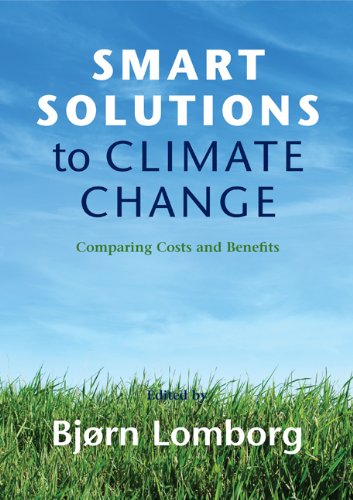Bjørn Lomborg (ed.) – Smart Solutions to Climate Change (2010)
If we pretend that it’s possible to calculate the costs of climate change, and the costs of potential climate solutions, then we can pretend to carry out a cost benefit analysis that will tell us what to do about it. Ta-da!
Recommended: No. There’s a place for cost benefit analysis. That place is after you’ve made an argument that it is the right tool for the job. I agree with Frank Ackerman that this is not the case with climate change. Dealing with climate change means staring out into the Big Unknown. You can’t pretend your way out of that. The chapter on technology-led climate policy is worth reading, though, because it puts more emphasis on actual relevant arguments than on a phony cost benefit analysis, arguing, in line with Pielke Jr, that instead of using a large CO2 tax to discourage fossil fuels, we need a small (and thereby politically feasible) CO2 tax that can be used to finance energy R&D. On the other hand, as one of the other contributors point out, this sort of program requires a high level of technological competence in government, and is vulnerable to pork barrel politics. Is it even possible for governments to make good investments in a field as open-ended and risky as alternative energies? It’s certainly nothing to be enthusiastic about – but then neither are any of the alternatives.
